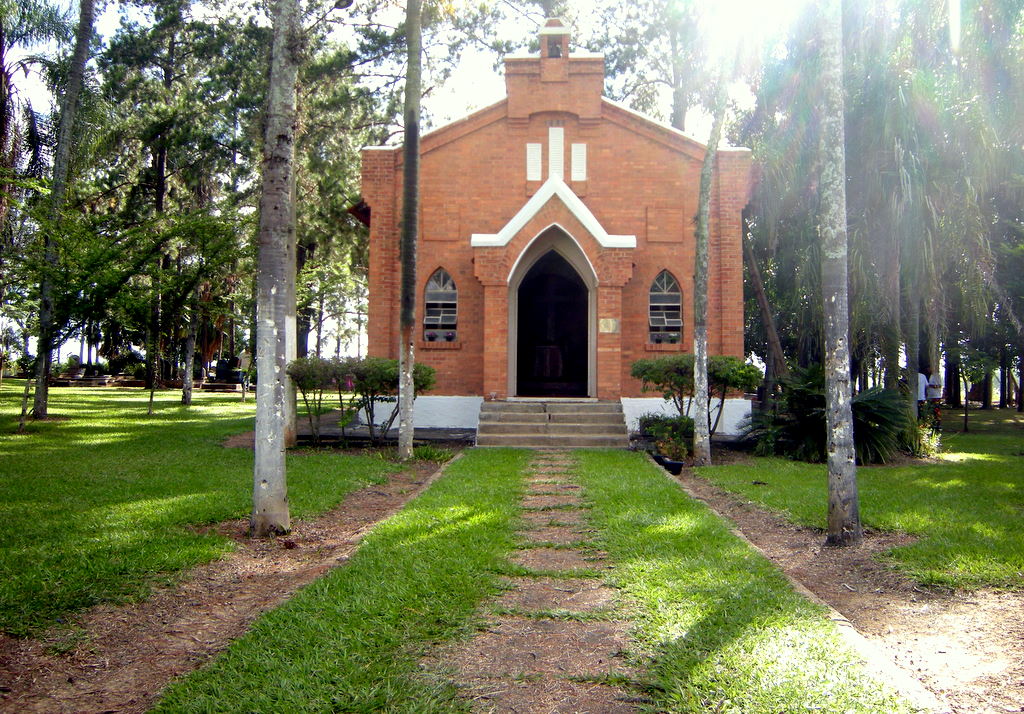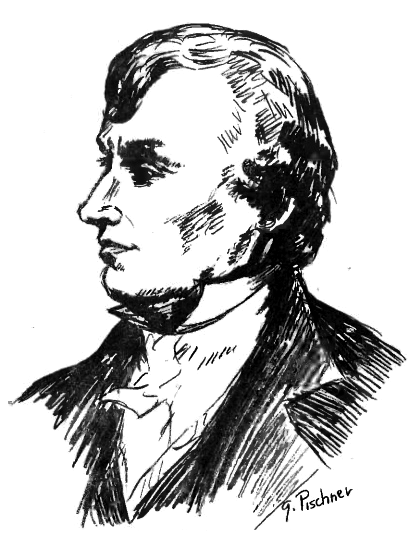|
Samaná Americans
The Samaná Americans ( es, Americanos de Samaná) are a minority cultural sub-group of African American descendants that inhabits the Samaná Province in the eastern region of Dominican Republic. History Most of the Samaná Americans are descendants of African Americans who, beginning in 1824, immigrated to Hispaniola—then under Haitian administration—benefiting from the Haitian emigration policy facilitated, in part, by the mulatto president Jean Pierre Boyer. Jonathas Granville traveled to the U.S. in May–June 1824 in response to a letter that Loring D. Dewey had sent to Boyer. While in the U.S., Granville met with other abolitionists, like Richard Allen, Samuel Cornish, and Benjamin Lundy to organize the campaign for what was coined the ''Haitian emigration.'' The result was successful, as more than 6,000 of emigrants responding in less than a year. After that, however, the settlements met with multiple problems and many returned. However, many stayed and among thos ... [...More Info...] [...Related Items...] OR: [Wikipedia] [Google] [Baidu] |
Cocolo
''Cocolo'' is a term used in the Hispanic Caribbean to refer to Afro-Caribbean migrant descendants. The term originated in the Dominican Republic and is historically used to refer to the Anglophone Caribbean immigrants and their descendants and more rarely, towards those from the Francophone Caribbean. It is mainly used to refer to the migrants in San Pedro de Macorís, Puerto Plata, the Samaná Peninsula, and other Afro-descendants who arrived in the Atlantic coastal areas of the country in the late 1800s and early 1900s. At the time these migrants were culturally distinct from the lighter Dominicans who primarily lived in the northern interior of the country and had a higher degree of colonial European ancestry. The usage, outside the specific ethnicity of the Cocolos of San Pedro de Macorís, is vague, and at times the word can mean all blacks or all poorer people of any race living in less developed coastal areas. It can also be used to refer to those who identify with the ... [...More Info...] [...Related Items...] OR: [Wikipedia] [Google] [Baidu] |
Andrea Robbins And Max Becher
Andrea Robbins (born 1963 in Boston, Massachusetts) and Max Becher (born 1964 in Düsseldorf) are U.S.-based visual artists. They have worked collaboratively since they met at the Cooper Union in New York in 1984. They married in 1988. Education Andrea Robbins received her BFA from the Cooper Union School of Art and then attended Hunter College School of Art, both in New York City. Max Becher received his BFA from the Cooper Union School of Art, and his MFA from Mason Gross School of the Arts at Rutgers University. Work Robbins and Becher employ photography, video and other digital media to document what they term "the transportation of place," situations in which one place or culture strongly resembles another distant one. Their conception of place often includes such notions as location in time, positions of ideology and cultural identity. Past subjects of their work have included German colonial towns in Namibia; Germans who dress as Native Americans; descendants of freed A ... [...More Info...] [...Related Items...] OR: [Wikipedia] [Google] [Baidu] |
Sierra Leone Creole People
The Sierra Leone Creole people ( kri, Krio people) are an ethnic group of Sierra Leone. The Sierra Leone Creole people are descendants of freed African-American, Afro-Caribbean, and Liberated African slaves who settled in the Western Area of Sierra Leone between 1787 and about 1885. The colony was established by the British, supported by abolitionists, under the Sierra Leone Company as a place for freedmen. The settlers called their new settlement Freetown. Originally published by Longman & Dalhousie University Press (1976). Today, the Sierra Leone Creoles are 1.2 percent of the population of Sierra Leone. Like their Americo-Liberian neighbours and sister ethnic group in Liberia, the Creoles of Sierra Leone have varying degrees of European ancestry.Colonial Office Brief: CO554/2884, Note on the Attorney General's 'Note of the Supreme Court Judgement', 10 August 1960, ''op.cit.'' In Sierra Leone, some of the settlers intermarried with English colonial residents and other Eu ... [...More Info...] [...Related Items...] OR: [Wikipedia] [Google] [Baidu] |
Mayorasgo De Koka
Mayorasgo de Koka ("Primarily Coca") was a tract of land in what was then Haiti but since 1844 is in the Dominican Republic. After renting it in 1837, Zephaniah Kingsley purchased it in 1838. As whites were barred from land ownership in Haiti it was titled in the name of Zephaniah's eldest son, the mixed-"race" George Kingsley (whose mother was Kingsley's African enslaved concubine/wife Anna). It is located in the province of Puerto Plata, on the north coast of the Dominican Republic. Beginning in 1828, the legislature of the new U.S. Territory of Florida passed a series of laws that progressively removed the rights that free persons of color had enjoyed in Spanish Florida. After failed attempts at stopping these laws through politics and advocacy, Kingsley moved his mixed-race family—as well as a total of 53 former slaves which he freed from his plantations in Florida—to the estate. There they were guaranteed equality by the laws of the Republic of Haiti, the first independ ... [...More Info...] [...Related Items...] OR: [Wikipedia] [Google] [Baidu] |
Mascogos
The Mascogos (also known as ''negros mascagos'') are an Afro-descendant group in Coahuila, Mexico. Centered on the town of El Nacimiento in Múzquiz Municipality, the group are descendants of Black Seminoles escaping the threat of slavery in the United States. History After the forced relocation of the Seminoles and Black Seminoles from Florida to Indian Territory, a group led by Seminole sub-chief Wild Cat and Black Seminole chief John Horse moved to northern Mexico. The group settled at El Nacimiento in 1852. They worked for the Mexican government to protect against Indian raids. Many of the Seminoles died from smallpox and many of those remaining eventually returned to the United States along with some of the Black Seminoles. In May 2017, the Governor of Coahuila Rubén Moreira Valdez signed a decree that recognized the ''tribu de los negros mascogos'' as a "pueblo indígena de Coahuila". He said that he hopes the Mascogos can begin receiving funds from the Instituto ... [...More Info...] [...Related Items...] OR: [Wikipedia] [Google] [Baidu] |
Confederados
''Os Confederados'' () is the Brazilian name for Confederate expatriates who fled the Southern United States during Reconstruction and their Brazilian descendants. They were enticed to Brazil by offers of cheap land from Emperor Dom Pedro II, who had hoped to gain expertise in cotton farming. It is estimated that up to 20,000 American Confederates emigrated to the Empire of Brazil from the Southern United States after the American Civil War. Initially, most settled in the current state of São Paulo, where they founded the city of Americana, which was once part of the neighboring city of Santa Bárbara d'Oeste. The descendants of other ''Confederados'' would later be found throughout Brazil. The center of Confederado culture is the Campo Cemetery in Santa Bárbara d'Oeste, where most of the original Confederados from the region were buried. Because of their Protestant religion, they could not be buried in a Catholic cemetery, so they created their own cemetery, the first n ... [...More Info...] [...Related Items...] OR: [Wikipedia] [Google] [Baidu] |
Americo-Liberian People
Americo-Liberian people or Congo people or Congau people in Liberian English,Cooper, Helene, ''The House at Sugar Beach: In Search of a Lost African Childhood'' (United States: Simon and Schuster, 2008), p. 6 are a Liberian ethnic group of African-American, Afro-Caribbean, and Liberated African descent. The sister ethnic group of Americo-Liberians are the Sierra Leone Creole people, who share similar ancestry and related culture.Liberia: History, Geography, Government, and Culture Infoplease.com Americo-Liberians trace their ancestry to free-born and formerly enslaved African Americans who emigrated in the 19th century to become the |
American Fugitives In Cuba
Various American fugitives in Cuba have found political asylum in Cuba after participating in militant activities in the Black power movement or the Independence movement in Puerto Rico. Other fugitives in Cuba include defected CIA agents and others. The Cuban government formed formal ties with the Black Panther Party in the 1960s, and many fugitive Black Panthers would find political asylum in Cuba, but after their activism was seen being repressed in Cuba many became disillusioned. House Concurrent Resolution 254, passed in 1998, put the number at 90. One estimate, c. 2000, put the number at approximately 100. History Beginnings Fidel Castro had long tried to court African American support for Cuba ever since the victory of the Cuban Revolution and the promotions of Cuba as an island without racism perfect for African American tourists. Robert F. Williams was invited to live in Cuba after legal prosecutions against him in the United States in 1961. While in Cuba he edited ''T ... [...More Info...] [...Related Items...] OR: [Wikipedia] [Google] [Baidu] |
American Colonization Society
The American Colonization Society (ACS), initially the Society for the Colonization of Free People of Color of America until 1837, was an American organization founded in 1816 by Robert Finley to encourage and support the migration of freeborn blacks and emancipated slaves to the continent of Africa. The American Colonization Society was established to address the prevailing view that free people of color could not integrate into U.S. society; their population had grown steadily following the American Revolutionary War, from 60,000 in 1790 to 300,000 by 1830. Slaveowners feared that these free Blacks might help their slaves to escape or rebel. In addition, many white Americans believed that African Americans were an inferior race, and, therefore, should be relocated to a place where they could live in peace, a place where they would not encounter prejudice, a place where they could be citizens. The African American community and the abolitionist movement overwhelmingly oppos ... [...More Info...] [...Related Items...] OR: [Wikipedia] [Google] [Baidu] |
Soraya Aracena
Soraya Aracena is a anthropologist and curator from the Dominican Republic, who specialises in the religious and cultural practices of black Caribbean communities. In additional to her research she has also founded cultural festivals and an ethnographic video archive. Biography Aracena obtained first studied Communication at undergraduate level. She graduated from the MA in Studies of the Greater Antilles from the Centre for Advanced Studies of Puerto Rico and the Caribbean in 1997. In 1990 she worked as part of the team curating Dominican and Haitian artefacts for the creation of the collection of the Museum of the Americas. In 1994 she founded ''Los Festivales Anthropológicos de Cultura Afroamericanas'' (The Anthropological Festivals of Afro-American Cultures), which sort to enhance understanding and showcase the importance of black culture in hispanophone Caribbean countries. She also established the Chango Prieto online video library, which records and archives ethnograp ... [...More Info...] [...Related Items...] OR: [Wikipedia] [Google] [Baidu] |


_Departure_of_colored_emigrants_for_Liberia_-_The_Illustrated_American%2C_March_21%2C_1896.jpg)

